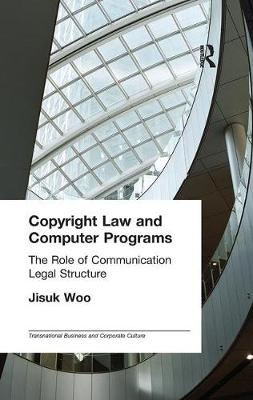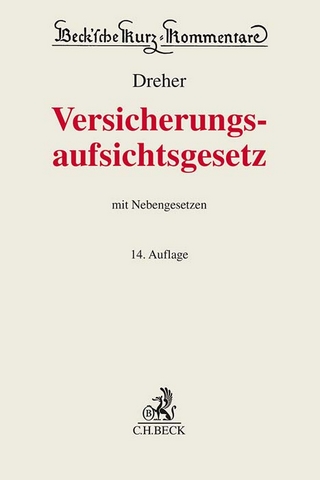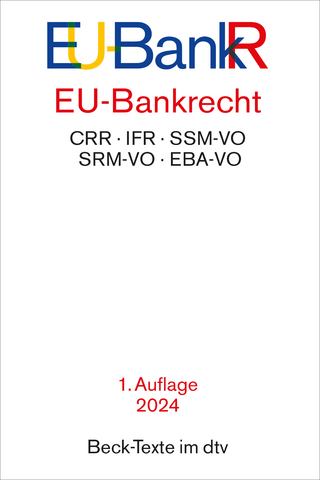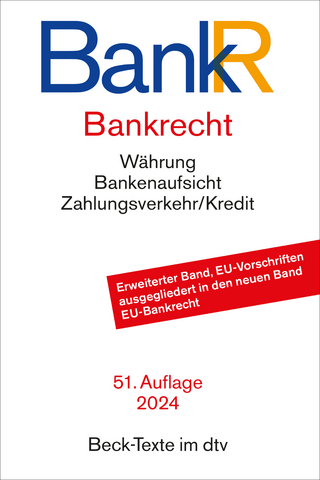
Copyright Law and Computer Programs
The Role of Communication in Legal Structure
Seiten
2018
Routledge (Verlag)
978-1-138-96675-8 (ISBN)
Routledge (Verlag)
978-1-138-96675-8 (ISBN)
- Titel z.Zt. nicht lieferbar
- Versandkostenfrei innerhalb Deutschlands
- Auch auf Rechnung
- Verfügbarkeit in der Filiale vor Ort prüfen
- Artikel merken
This book analyzes U.S. federal cases on the copyright protection of computer software programs, to examine the role of communication in legal decision making process. It is the first to apply Anthony Giddens' theory of structuration to analyze law in a systematic and empirical way. Previous studies considered law to be independent, objective and neutral, and even those that considered social structures and actors focused on economic and political factors. Employing the framework of the author, the work, and the use, this study attempts to show how relationships and struggles of the parties are actually manifested through communication, and how the strategic communication of the parties influences the structural environment of copyright law. There has been a long-running debate over whether and how the copyright law, evolved from the era of the print technology, should be applied to computer programs, a new work of authorship. Contrary to some cautionary arguments that modern copyright law tends to protect copyright holders while disregarding authors' rights, the struggle between developers and non-developers, rather than between copyright holders and non-copyright holders, was clearly manifested in legal arguments. The construct of authorship has been modified, yet remained central in copyright discourse. On the other hand, the concept of the use, despite the significance of users in copyright regime, has yet to be developed to play an important role in the legal arguments. Moreover, the factor of whether the party was a developing entity, was found to be a single most important factor influencing the courts' decisions. But only when the party could successfully present itself as the one involved with developing activities, the court was more likely to accept its argument than the other party's. Therefore, it was the legitimacy gained by communicating the nature of the party, rather than the nature of the party itself, that made the difference in the ways the courts made decisions. This book presents how, in this process of strategic communication, the structure of copyright law was reproduced and transformed.
Jisuk Woo
Preface; Chapter 1 Introduction; Part I Copyright System as Legal Structure; Chapter 2 Law as a Process of Structuration; Chapter 3 Structural Rules and Resources in Copyright System; Chapter 4 The Process of Research; Part II The Dynamics of Structural Change; Chapter 5 Computer Program Copyright Cases; Chapter 6 Interplay of Actors, Resources, and Court Decisions; Chapter 7 Use of Structural Rules and Resources in Legal Arguments; Part III Process of Structuration in Copyright Cases; Chapter 8 Reassessing the Role of Communication; Chapter 9 Conclusion; epilogue EpiloguefigappI_1 The Process of Structuration Through Communicative Actions Coding Schemes for the Analysis of Arguments Appendix IV;
| Erscheinungsdatum | 15.02.2017 |
|---|---|
| Reihe/Serie | Transnational Business and Corporate Culture |
| Verlagsort | London |
| Sprache | englisch |
| Maße | 138 x 216 mm |
| Gewicht | 480 g |
| Themenwelt | Recht / Steuern ► EU / Internationales Recht |
| Recht / Steuern ► Wirtschaftsrecht ► Bank- und Kapitalmarktrecht | |
| Recht / Steuern ► Wirtschaftsrecht ► Urheberrecht | |
| Wirtschaft ► Betriebswirtschaft / Management | |
| Wirtschaft ► Volkswirtschaftslehre | |
| ISBN-10 | 1-138-96675-4 / 1138966754 |
| ISBN-13 | 978-1-138-96675-8 / 9781138966758 |
| Zustand | Neuware |
| Haben Sie eine Frage zum Produkt? |
Mehr entdecken
aus dem Bereich
aus dem Bereich
CRR, IFR, SSM-VO, SRM-VO, EBA-VO
Buch | Softcover (2024)
dtv Verlagsgesellschaft
21,90 €
Währung, Bankenaufsicht, Zahlungsverkehr/Kredit
Buch | Softcover (2024)
dtv Verlagsgesellschaft
21,90 €


